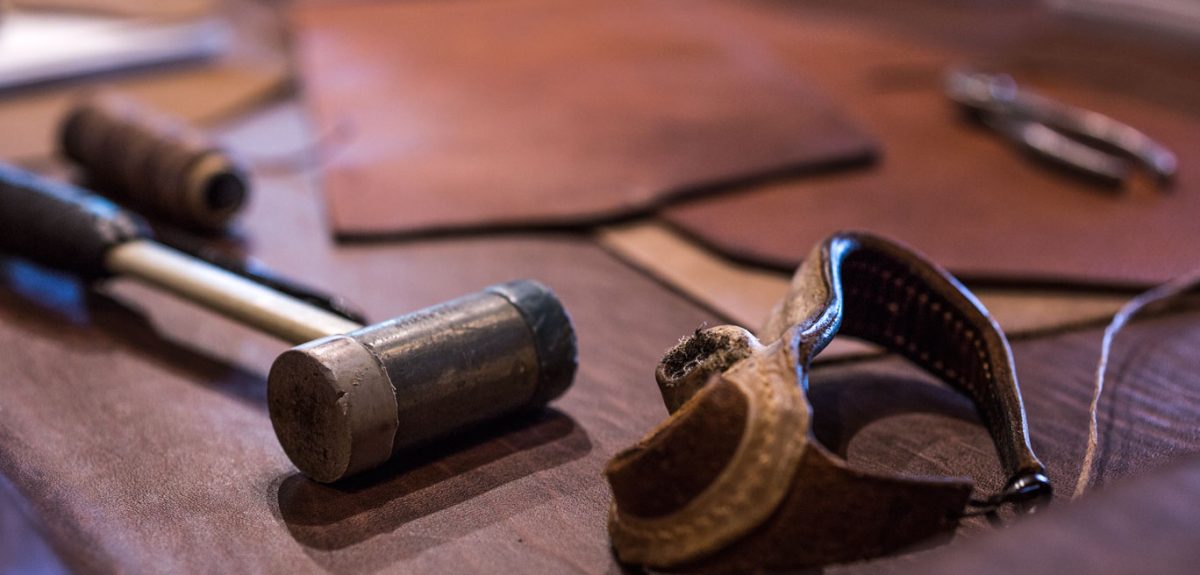All leather goes through a tanning process that gives it the color and characteristics that people find appealing and fashionable. The two most common forms of tanning, vegetable and chrome tanning, each have their benefits, but we continually find that we prefer veg-tanned leather.
Why we prefer vegetable tanning
Vegetable tanning is the oldest method of leather tanning. It entails the use of natural ingredients such as tree bark, and given it is the “original” method of tanning, there are typically very experienced craftsmen overseeing the process. It reveals the natural characteristics of the animal’s scratches, insect bites, and brand marks, making each hide unique and distinguishable from the next. The colors created from vegetable tanning are organic and have a warm tone that looks better the longer it is used, and best of all, you can compost the leather if it is no longer wanted (make sure you read this article before composting your leather, though)
chrome-tanned leather
Chrome-tanned leather (also called mineral-tanned), by its very nature, is going to hold a glossier and more vibrant color. This is commonly used in leather goods such as purses or leather jackets, and it repels water better, preventing color stains. The ingredients of chrome-tanned leather consist of various chemicals such as chromium sulphate along with other salts and acids. This method only takes a day to tan leather, but it is considered more harmful to the environment. Beyond the environmental impacts, it is very common for chrome-tanned leather to be made outside of this country by humans facing significantly worse working conditions.
Horween Chromexcel Leather
There are also combination-tanned leathers made in the U.S.A. that are not as harmful, and absolutely beautiful. The Chromexcel leather by Horween is by-far the best example. They have a family recipe that has been around since 1913, and to keep up with environmental regulations, they make necessary changes in their process when needed.

